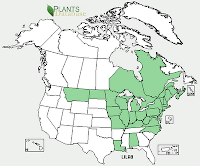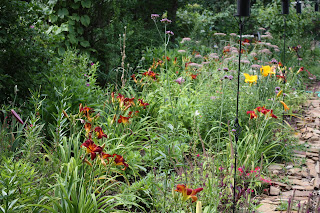Crocosmia is Montbretia from South African grasslands - hardy in zones 6 to 9

Most of the plants that thrive in our zone 7 gardens are not from South African grasslands. An exception to this rule is Crocosmia, a member of the iris plant family and cousins of gladiolas. Their common names include coppertips, falling stars, montbretia, antholyza and curonus. The Crosocmia name is from the Greek word kronos (saffron) and osme (odor). Their Montbretia name is from Antoine Frans Ernest Conquebert de Monbret, Napoleon’s botanist who went to Egypt in 1798. When they are grown in pots filled with good soil and compost, Montbretia flowers grow much larger than they can in the perennial beds where they are usually planted. Planted from bulb/corms, Crocosmias send up lance-shaped leaves in the spring that are topped with several inches of funnel-shaped, brightly colored flowers in mid-summer. They make long-lasting cut flowers for bouquets. Do not cut the leaves off because they need to soak up sun to create energy for next year’s flowering. Usually,...


.JPG)

.jpg)

.jpg)
.jpg)



